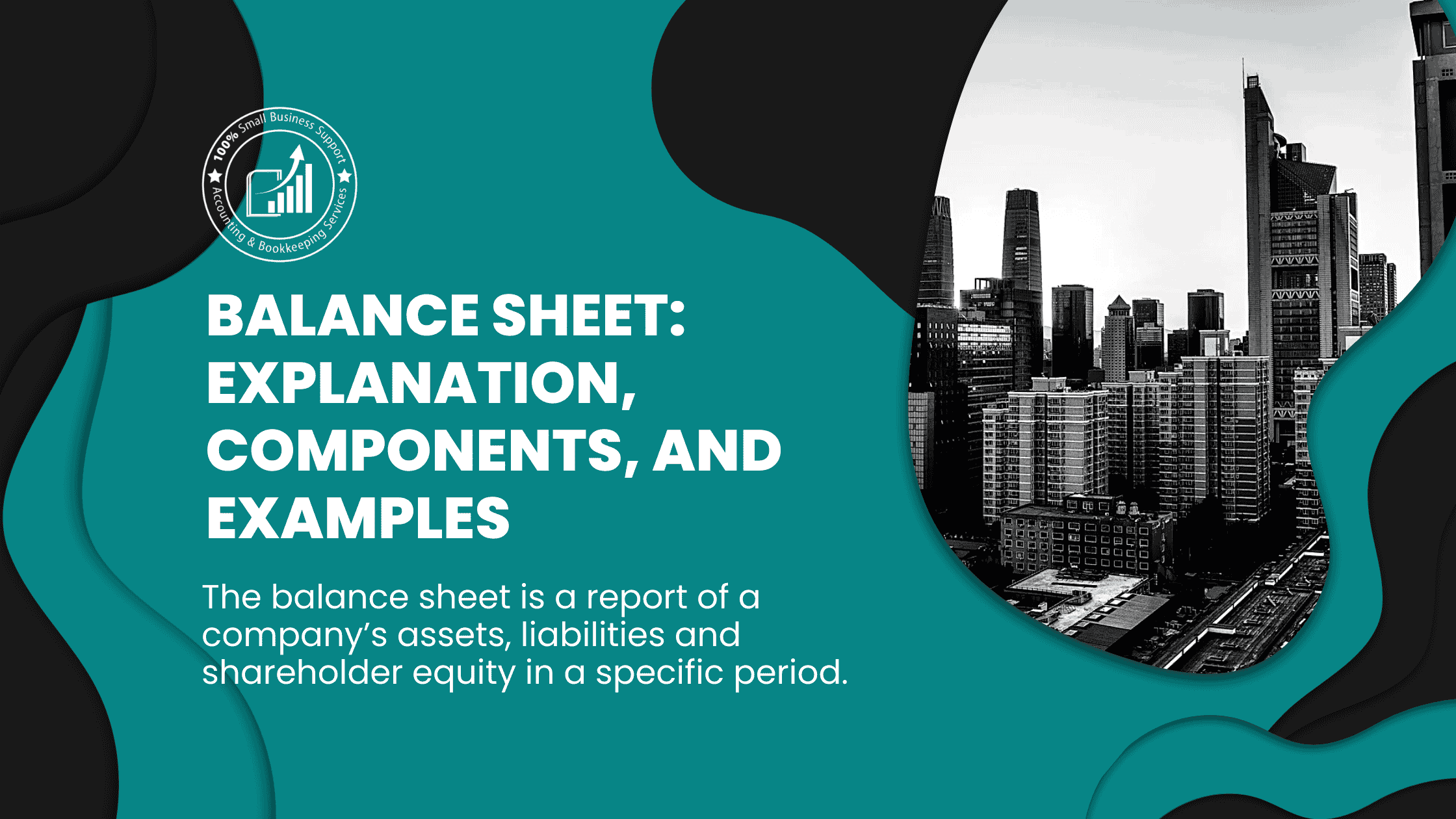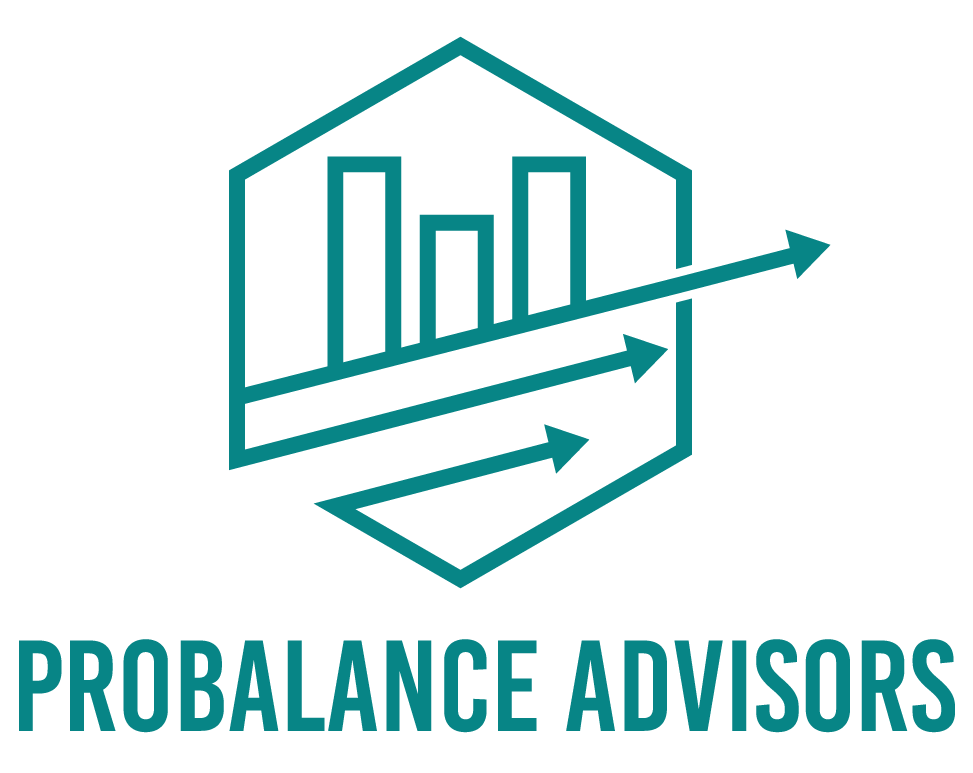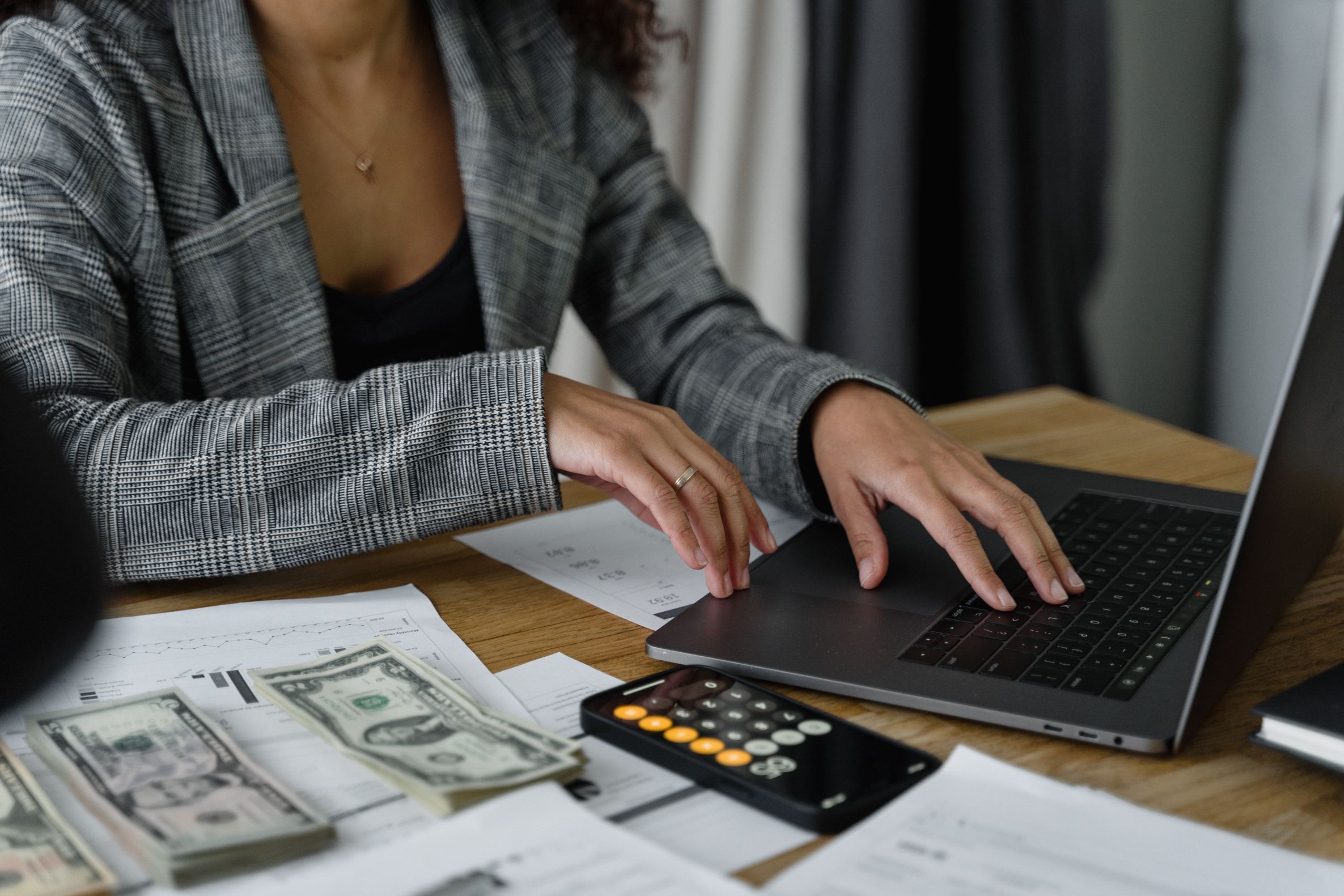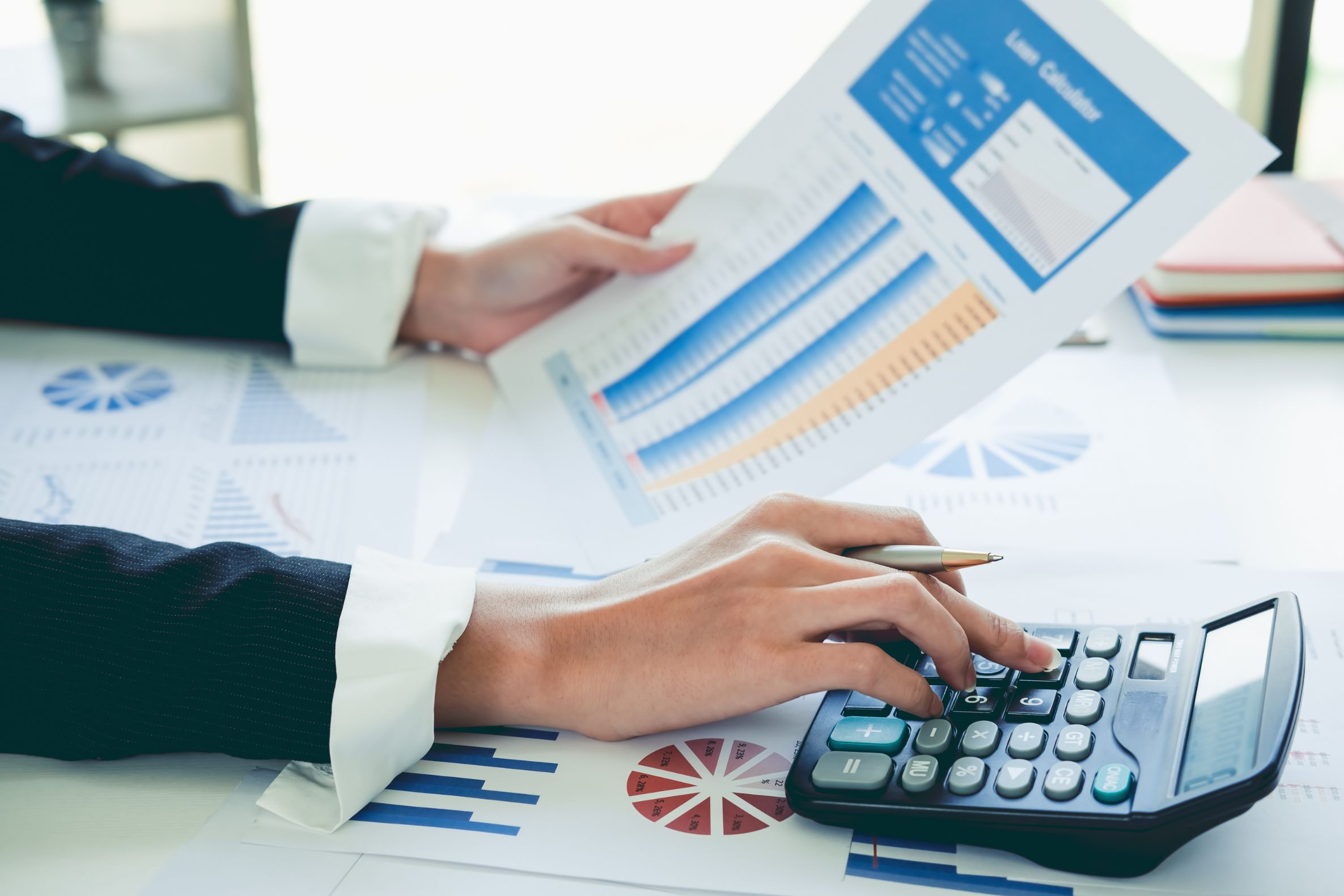
The balance sheet is the pivotal element of financial reporting that depicts the economic health of the business. Just as the doctor looks at the laboratory report to appraise the health of his patient, a business owner considers a balanced sheet as the lab report to gauge the economic health of his business.
The balance sheet is a summary of a company’s assets, liabilities and shareholder’s equity in a specific period. To learn what a balance sheet is and why it is essential, continue reading this article!
What is a Balance Sheet?
The balance sheet is a report of a company’s assets, liabilities and shareholder equity in a specific period. In simple words, it depicts what the company owns and what the company owes in that particular period. A balance sheet helps the owners and the creditors to know the financial status of the business and allows them to make an informed decision.
What Is the Balance Sheet Formula?
If the balance sheet is so important, then you might be looking at the balance sheet formula. Here is the formula that is used to calculate the balance sheet:
Assets – Liabilities = Shareholder’s equity
- Assets: What the company owns. Assets can be fixed or current
- Liabilities: What the company owes to the others. They can be current or long-term
- Shareholder equity: It is what the stakeholder owns after all the liabilities have been paid off.
What Is Included in the Balance Sheet?
All the components that make up the balance sheet are included in the balance sheets. So, let’s dig deep into the components of the balance sheet.
Assets:
As discussed, it is the list of the things owned by the company in a specific period. They come in two forms:
Current
These are the assets of a business that can be converted into cash within 12 months. It includes the money in the bank, payments or loans receivable in the 12 months.
Fixed
Fixes assets can be converted into cash within the 12 months. Fixed assets of a company can be inventory, property or the machinery a company owns.
Liabilities
Liabilities are the debts or other financial forms that you owe to others as a company. They also come in two forms:
Current:
Current liabilities are the payments that the business has to pay within a year. These include rent, bills, loans, or taxes payable within 12 months.
Long term
Long-term liabilities are the financial duties that a business will have to perform after a year. They can be taxes or loans that are due after the year.
Shareholders
Shareholder equity also comes in two forms.
Share capital
Share capital is the increase in the value of the investment made by the company or owner.
Retained earnings
Retained earnings are the amount that the company or the owners keep to themselves after making all the payments.
Why is a Balance Sheet Important?
If you’re looking at the uses of the balance sheet, then these lists of benefits can help you understand;
Efficiency
Balance sheets play a crucial role in developing efficiency in the business. It helps companies build more assets and reduce liabilities.
Risk management
A balance sheet helps the owners and bank to look at the economic health of the business. It allows the owners to see if it is worth investing in the business by looking at the current economic situation. For bankers, the balance sheet helps to determine if the company has the financial capacity to pay the loan obligations timely.
Liquidity
By knowing what they own and what they own at a specific period, businesses can determine the liquidity of their company. They can make timely decisions on maintaining the cash flow so that they can carry out their financial obligations in a timely manner.
Performance Evaluation
The balance sheet can also provide a snapshot of the performance of a company. They can compare this financial performance with their competitors and identify areas for improvement.
Limitation of Balance Sheet
Limited data
Balance sheets provide financial data from a single perspective. While you may know the assets and liabilities, it is essential to look at the other factors as well, such as income statements and cash flow statements. All these components of financial reporting give you a detailed overview of the economic standing of your business.
Discrepancies
Businesses can manipulate the numbers and make the company look more profitable than it actually is. This can cause investors to go wrong with their investments. That’s why it is always advisable to look at the whole financial report of the business instead of relying solely on a balance sheet.
Complex
While it may seem simple to subtract liabilities from the assets and get the balanced sheet, it is not as easy as the formula. Accounting balance sheets often get complicated for big businesses, which involve different departments.
Example of Balance Sheet
To help you get a broader picture of how to get a balance sheet for your business, we have devised a simple balance sheet template. This example is about a business owning a corrugated box company. Here is how their balance sheet is calculated
| Balance Sheet for Corrugated Box Co. | 2023 | 2024 |
| Assets | ||
| Current Assets | ||
| Cash | $50,000 | $60,000 |
| Accounts Receivable | $80,000 | $90,000 |
| Inventory | $70,000 | $85,000 |
| Prepaid Expenses | $5,000 | $7,000 |
| Total Current Assets | $205,000 | $242,000 |
| Non-Current Assets | ||
| Property and Equipment | $150,000 | $160,000 |
| Accumulated Depreciation | ($30,000) | ($35,000) |
| Net PP&E | $120,000 | $125,000 |
| Long-term Investments | $20,000 | $25,000 |
| Intangible Assets | $10,000 | $12,000 |
| Total Non-Current Assets | $150,000 | $162,000 |
| Total Assets | $355,000 | $404,000 |
| Liabilities | ||
| Current Liabilities | ||
| Accounts Payable | $40,000 | $45,000 |
| Short-term Loans | $30,000 | $35,000 |
| Accrued Expenses | $5,000 | $6,000 |
| Total Current Liabilities | $75,000 | $86,000 |
| Non-Current Liabilities | ||
| Long-term Debt | $80,000 | $90,000 |
| Deferred Tax Liabilities | $5,000 | $6,000 |
| Total Non-Current Liabilities | $85,000 | $96,000 |
| Total Liabilities | $160,000 | $182,000 |
| Equity | ||
| Owners Equity | $175,000 | $200,000 |
| Retained Earnings | $20,000 | $22,000 |
| Total Equity | $195,000 | $222,000 |
| Total Liabilities & Equity | $355,000 | $404,000 |
Frequently Asked Questions
Why is a Balance Sheet Important?
A balance sheet gives a clear snapshot of the financial angle of a business. It helps businesses, investors, and banks understand the economic situation of a business. They can also look at the future of a business by knowing what the company will own and what the company has to pay. A balance sheet helps them to make an informed decision about whether it is a safe time to invest in a business or not.
Who Prepares the Balance Sheet?
The owners themselves can prepare balance sheets if they are operating at a small scale as the assets and liabilities are limited. For big companies, the accounts department prepares the balance sheet. Balance sheet preparation for big companies is a complex procedure as it involves different departments. Preparing a transparent balance sheet is essential to avoid corruption or discrepancies charges.
Does the Balance Sheet Provide an Insight on Profit and Loss Situation?
No, the balance sheet provides data on the business’s assets, liabilities, and shareholders’ equity. It doesn’t offer any helpful insight into the profit and losses in a specific period. To know about the profit and loss situation, companies devise income statements.
Conclusion
Balance sheets are like the missing puzzle when companies are struggling to scale. If the business knows about the future liabilities of the company by the balance sheets, they can be more prepared about those obligations. These simple steps help the business to scale even with limited resources.
Apart from that, it also helps the investors to make an informed decision of whether it is worth investing in a company. Creating a balance sheet can be challenging at first. With the rise of digital tools, you can use software to streamline the process. Explore various options and choose the one that best suits your needs!







